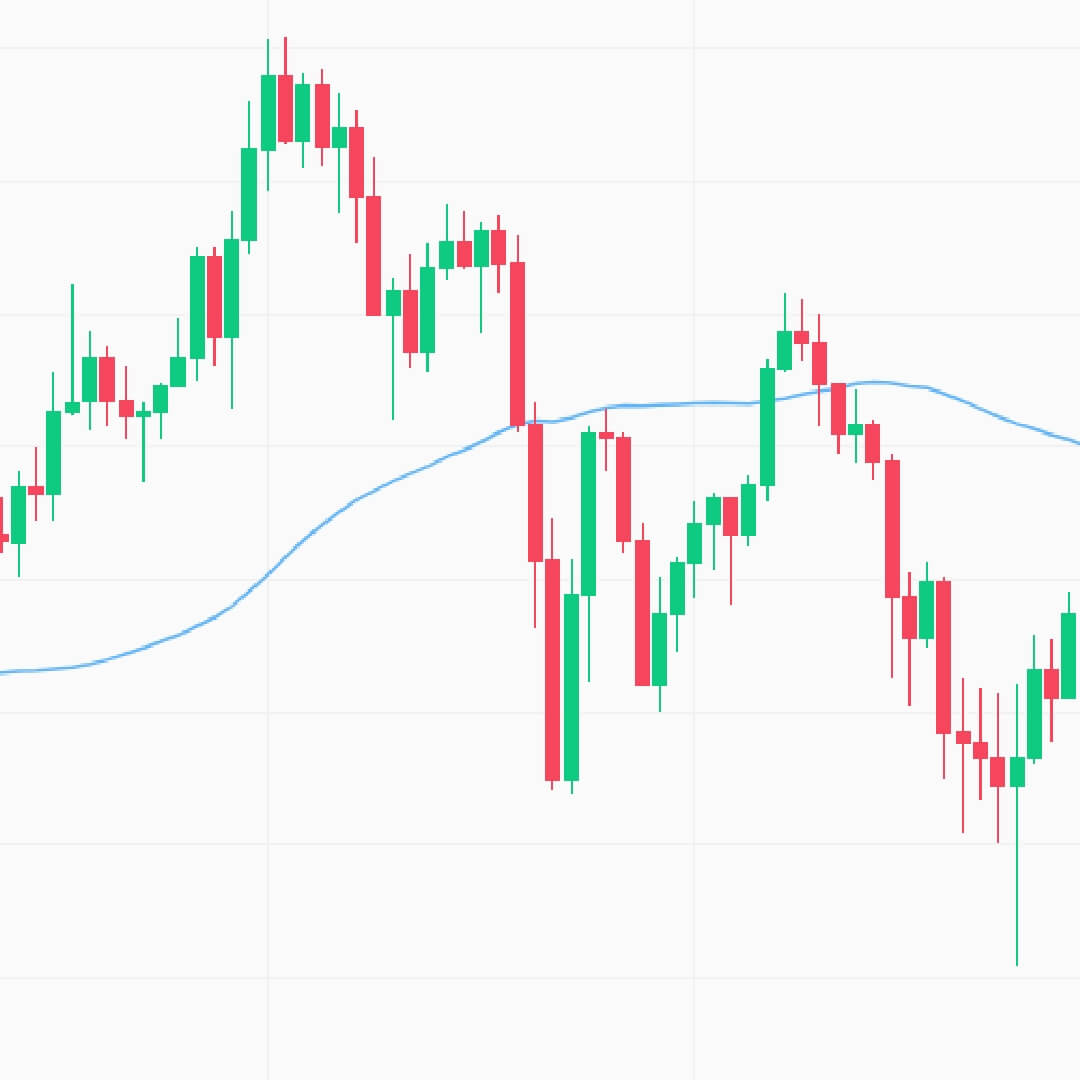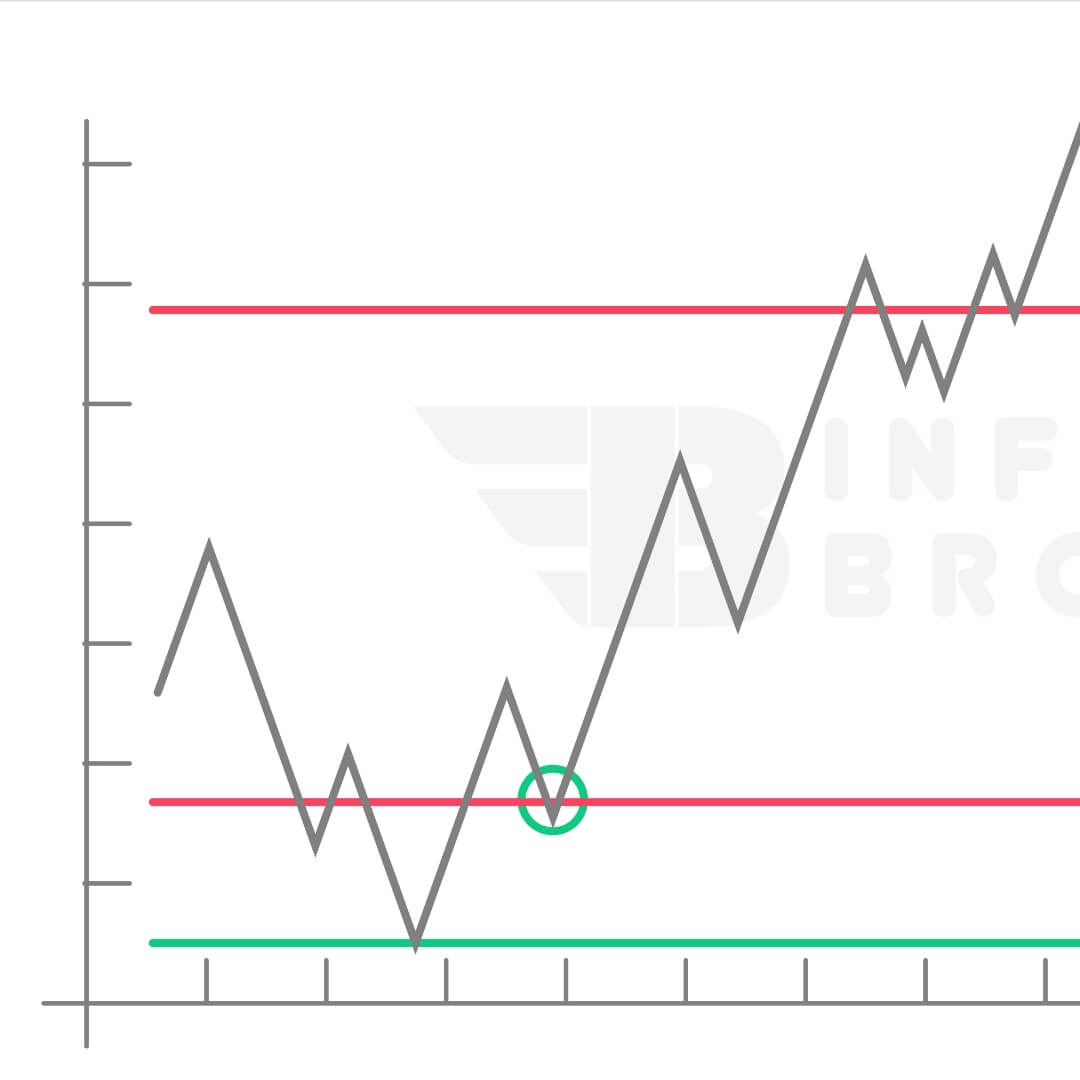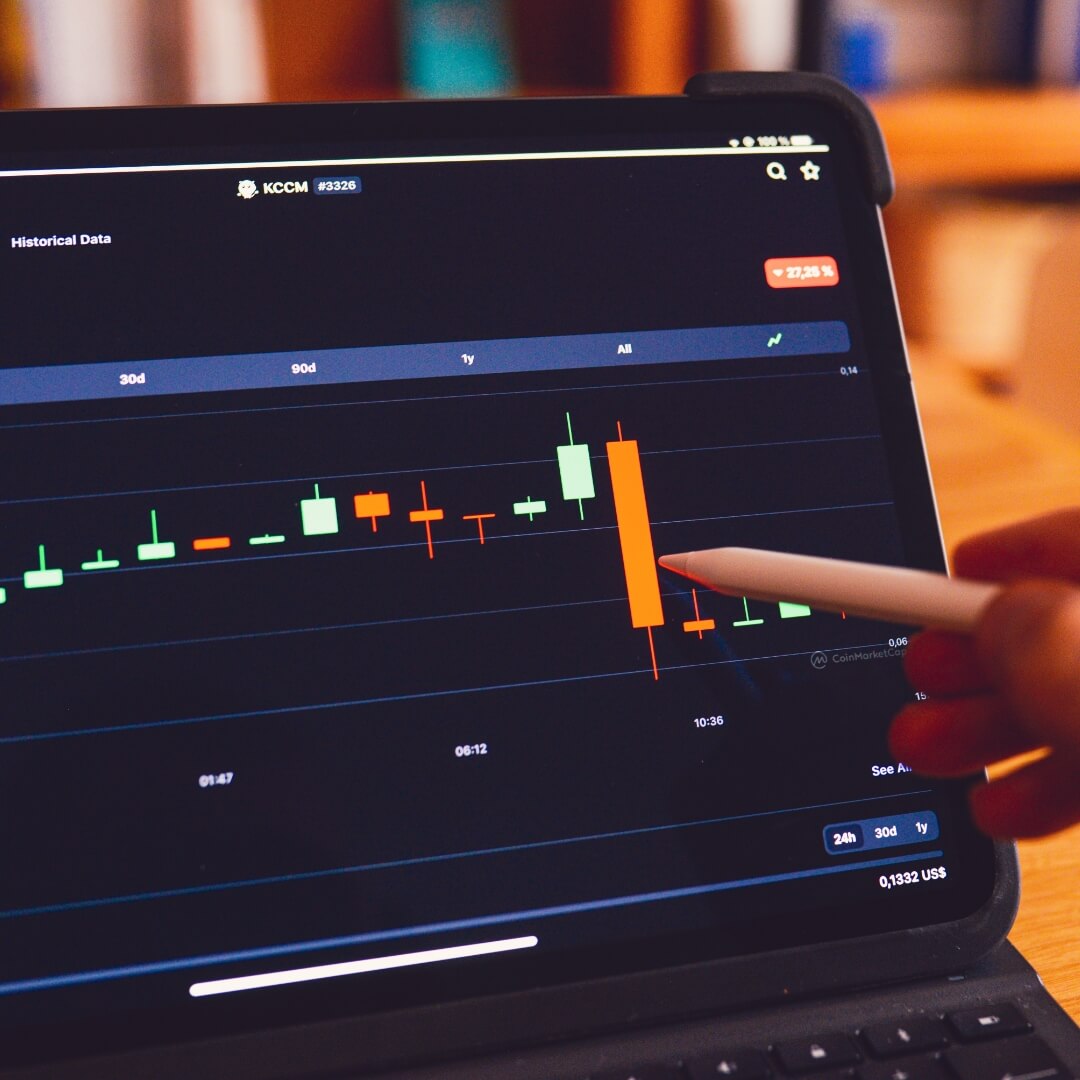Understanding Dividends- How Investors Earn Passive IncomeHow Stocks Pay You Money?

Key Takeaways
Today, we'll delve into what dividends are, why they're important, and how they can enhance your investment strategy.
Dividends are payments distributed by companies to their shareholders, typically sourced from the company's profits. They're like rewards for investing in the company's success. When a company generates profits, it can choose to reinvest them into the business for growth or distribute them to shareholders in the form of dividends.
For investors, dividends provide a tangible return on their investment, reflecting the company's profitability and their contribution to its success. Essentially, dividends represent a share of the company's earnings that investors receive as a reward for holding onto their shares.
Let's say you own 10,000 shares of Apple, and Apple announces a dividend of $0.80 per share. You'd receive $8,000 ($0.80 per share multiplied by 10,000 shares) as your dividend payment. These payments usually occur quarterly, so you'd receive them four times a year as long as Apple maintains this dividend rate.
Apple's dividend payments, such as the $80 example, are what we call cash dividends.However, there's another type called stock dividends, where shareholders receive additional shares instead of cash. Both types reward investors for their faith in the company.
For instance, if Apple declares a 5% stock dividend and you own 10,000 shares, you'd receive an extra 500 shares (5% of 10,000). While you don't receive cash, your ownership stake in Apple increases.
This can be advantageous for investors who believe in the company's growth prospects and want to increase their exposure to its future earnings potential. Additionally, stock dividends can help maintain the company's liquidity by conserving cash for other purposes, such as reinvestment in the business or debt reduction
One crucial metric to consider is the dividend yield, calculated by dividing the annual dividend payment by the stock price, expressed as a percentage. While higher yields may seem enticing, they require careful assessment.
Dividend yield is an important measure of the return on investment that dividends provide relative to the stock's price. A higher yield indicates that investors are earning a greater percentage of their investment back in the form of dividends. However, excessively high yields may be a red flag, as they could indicate that the stock price has declined significantly relative to the dividend payment.
This could be due to a decrease in investor confidence, deteriorating financial performance, or unsustainable dividend payments
For instance, if a stock pays $2 in dividends and its price is $40, its yield is 5%.
($2 / $40) X 100=5%
This indicates that for every $40 invested, you're earning $5 in dividends.
However, be cautious of excessively high yields, as they could indicate underlying issues with the stock.
It's essential to assess the sustainability of the dividend payment, considering factors such as the company's financial health, cash flow generation, and dividend payout ratio.
A high dividend yield may be attractive, but it's crucial to ensure that it's supported by the company's fundamentals and long-term prospects.
Congratulations on uncovering the significance of dividends! They're more than just extra cash or shares; they're indicators of a company's prosperity. While high yields may seem attractive, prudent investing involves considering more than just numbers.
Remember, dividends can supplement your income and provide valuable insights into your investments. Keep exploring the world of dividends with confidence, and witness your investment knowledge and portfolio flourish together!







